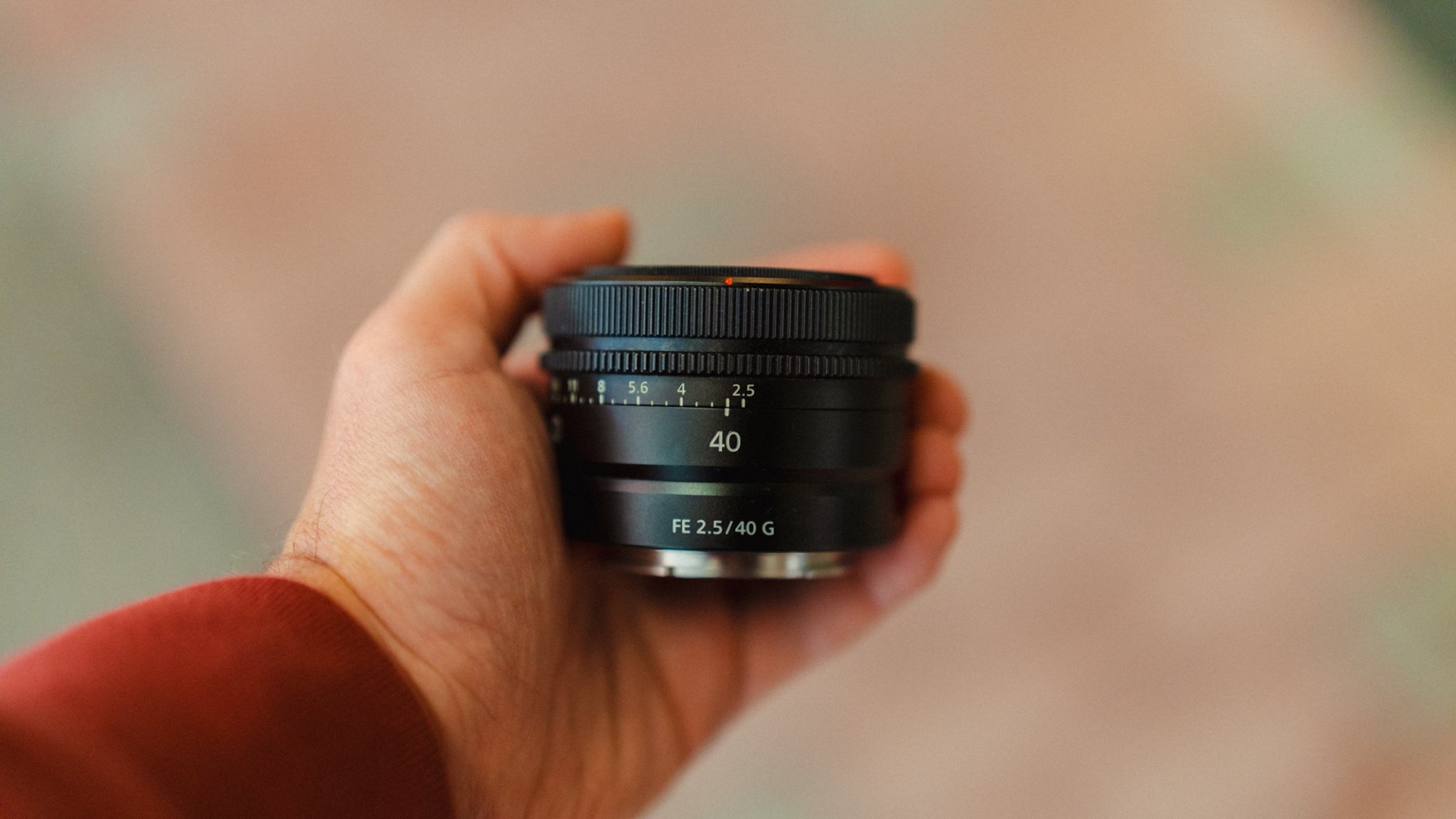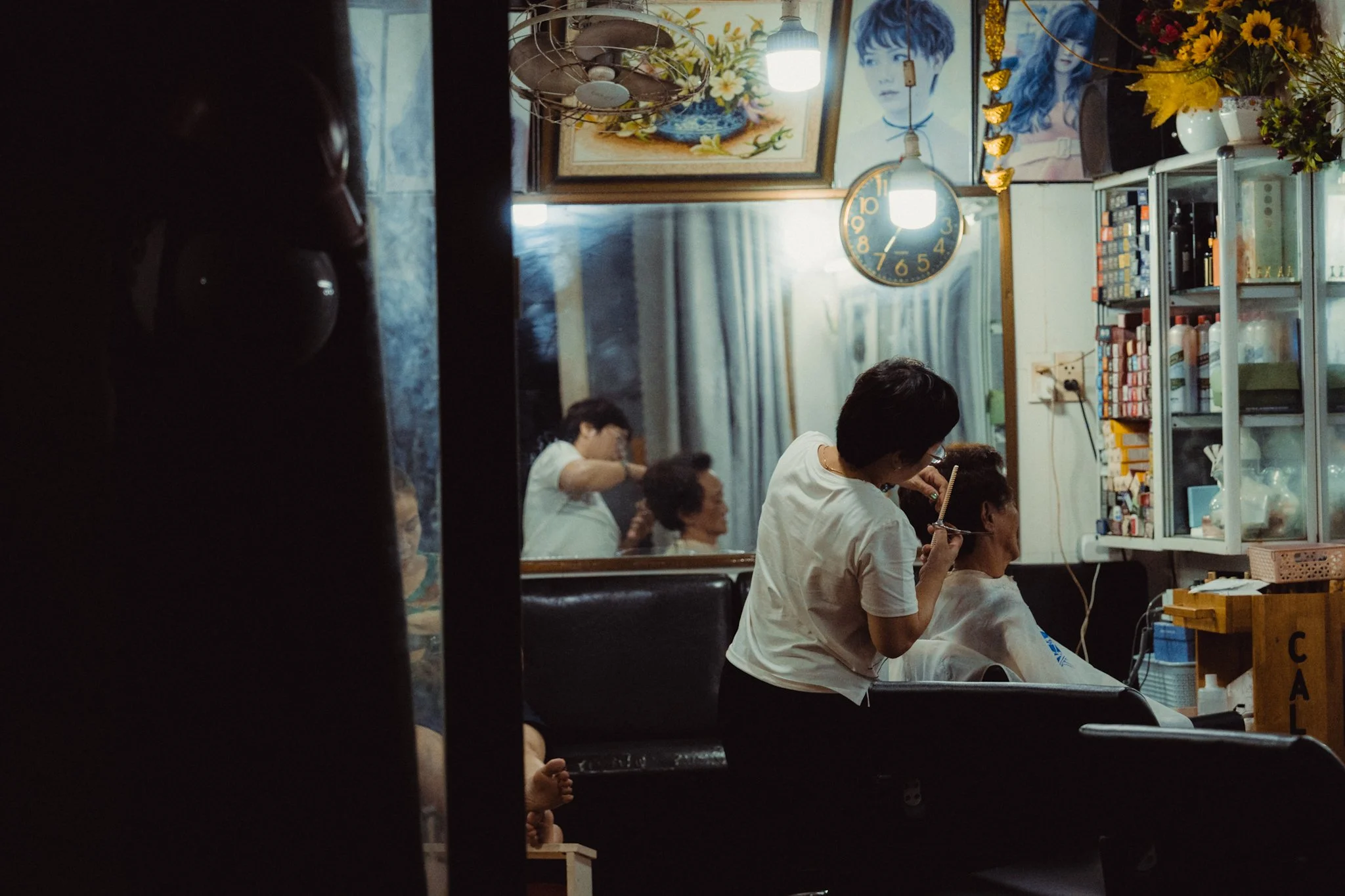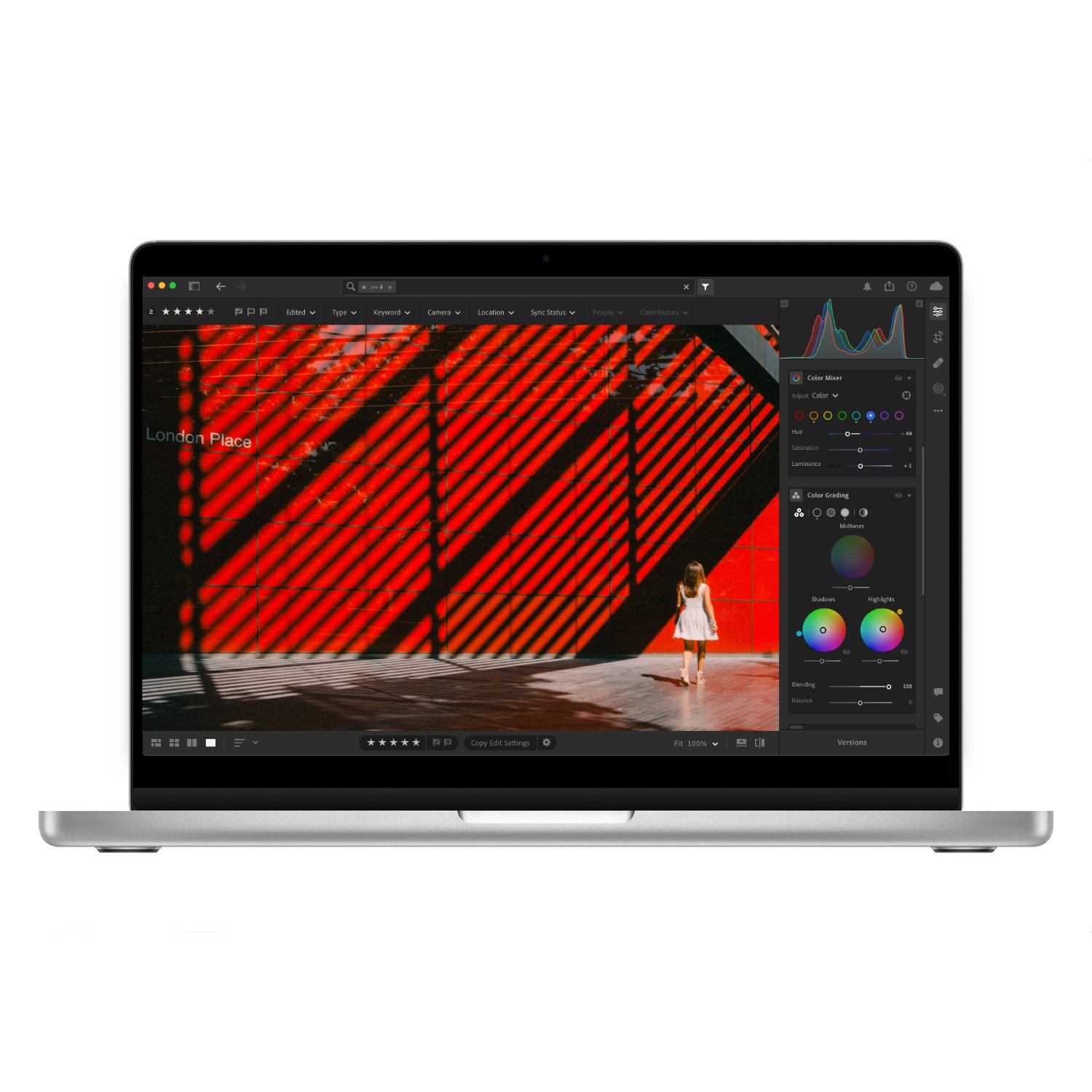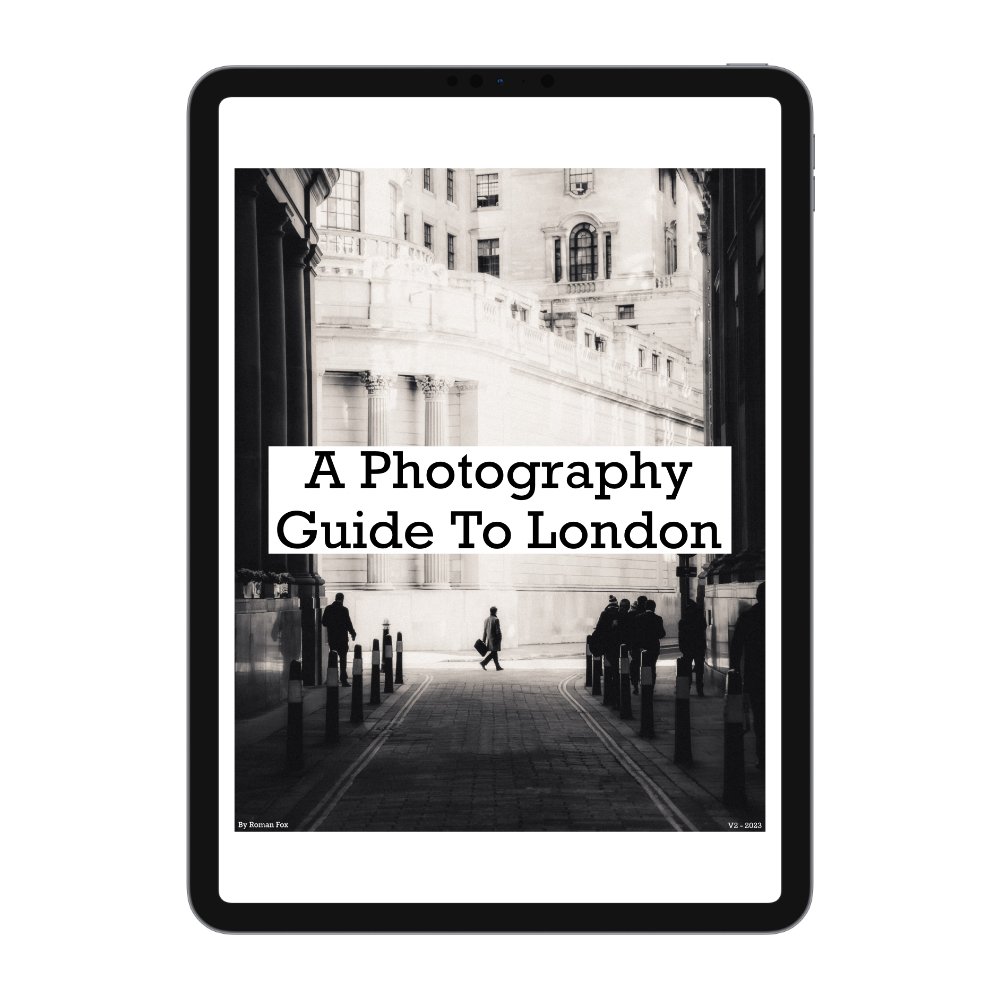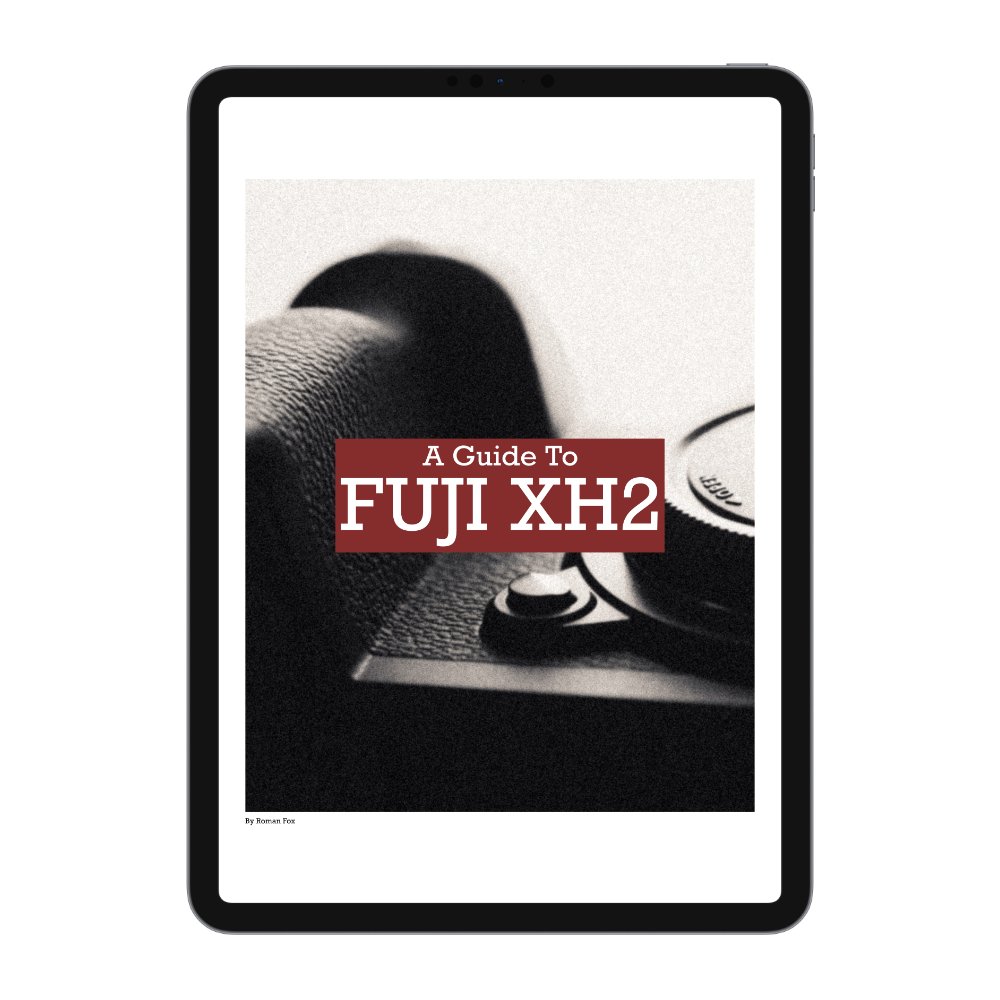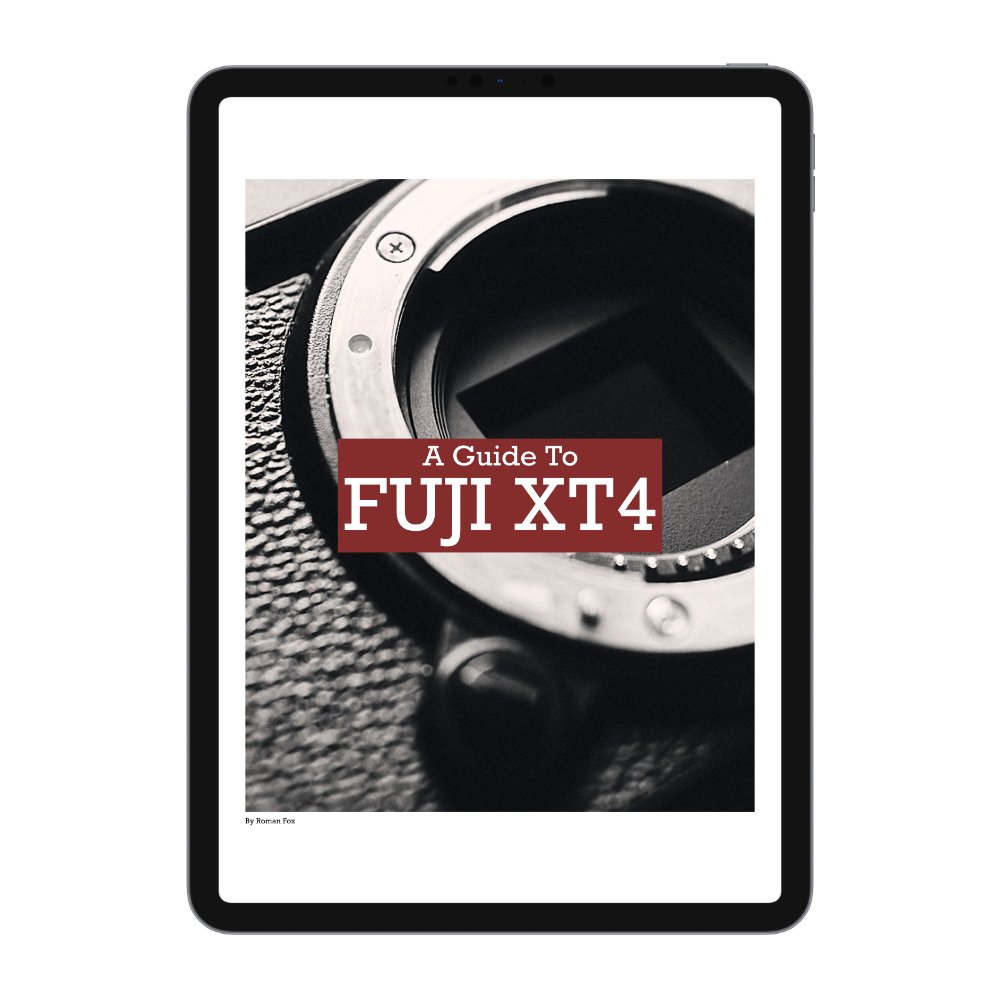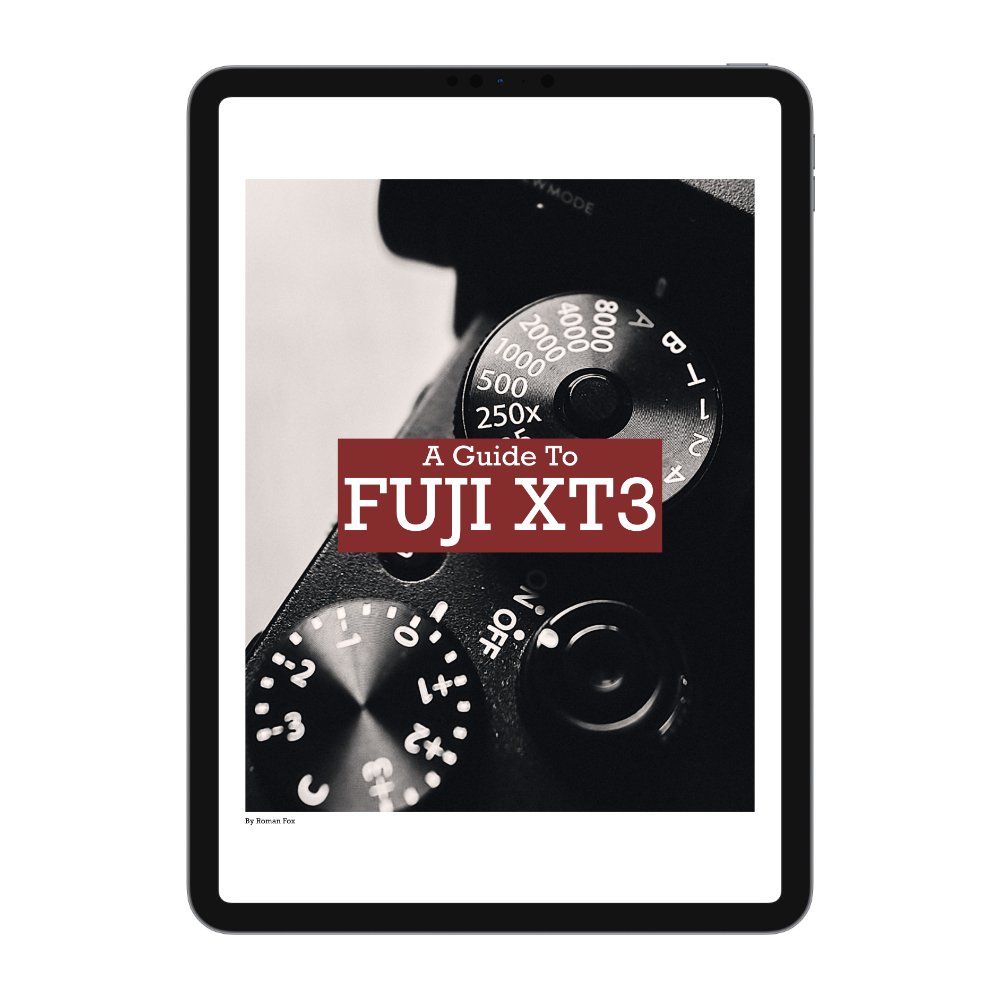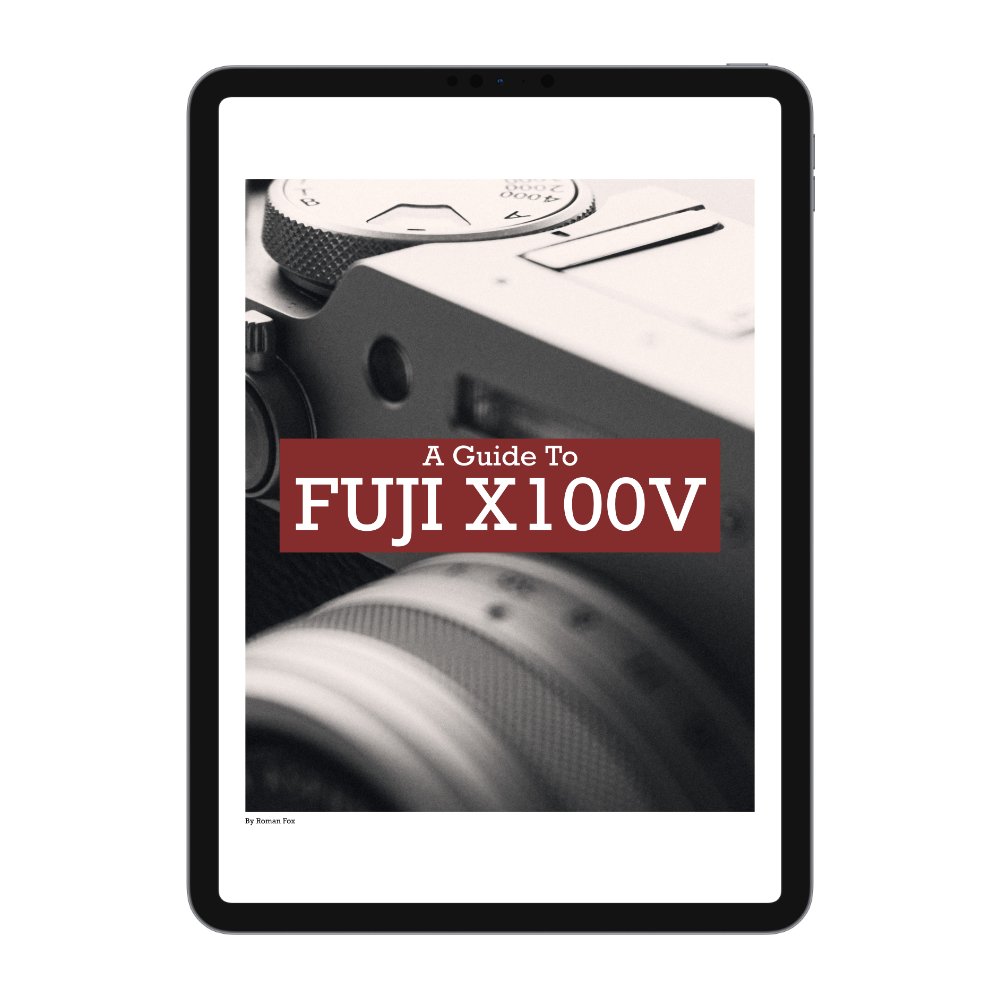One focal length for life
Below is a 40mm lens, and if I had to pick one focal length for the rest of my life, it would be this one. While I often shoot anywhere between 24mm and 200mm, the 40mm focal length is the one that just feels right. It’s a bit like having that one pair of trainers that the moment you slide your feet in, you might as well walk on a cloud.
I truly believe that as a photographer, you need to have one focal length that is your go to, and the one you’ve mastered the most. It’s a focal length that you know you will get results with no matter where you are and what you’re shooting. For me it’s 40mm, for you it might be 35mm, 85mm, or even a 135mm.
With photography advice, I don’t like to use the words “must” or “have to” because they can seem binary, and as we know, photography lives entirely in the subjective grey area. With that said, this might be one of the few pieces of advice that I feel strongly enough about to consider using those terms seriously, not just for an attention grabbing title.
Let’s first unpack what are the benefits of having a go to focal length. By far the biggest one is the compounding of time invested in one thing. The more time we spend with one focal length, the more we learn its character. This results in a high level of competency and confidence, which will in turn result in better photos. I know with 100% certainty that I can take my 40mm prime into any scenario and walk away with good photos. I know how far or close I need to be to the subject without looking through the viewfinder. I know what shots to go for, and what I will not get. At this stage, the 40mm feels like an extension of me.
Some of you reading this will already have your go to lens, but what about those who have no idea? Perhaps you just started photography, or maybe you’ve never used primes before, what focal length should you pick? While I can’t give you the exact numbers, I can nudge you in the right direction.
Wide (24-35mm)
If you love to be in the centre of the action, you want to get involved, you want the most raw experience, and you want your work to feel immersive, then shooting wide is for you. When shooting wide, you’re inviting the viewer to stand shoulder to shoulder with you and feel like they could be there too. A 28mm is a good starting point for most people as it’s very wide without feeling unrealistic. A 24mm can squeeze even more in, however you now need to start paying attention to distortion. The 35mm is still wide, but it removes the chaos and some of the rawness you get from wide lenses.
Middle (40-50mm)
This focal range is for those who want to observe from a safe distance. You still want to be in the action, but perhaps just on the edge, and not right in the middle. This focal range is (in my opinion) the most pleasing to the eye because it’s close to what we naturally see. This focal length makes you the casual observer, the passer by, the bystander. This also translates to the viewer, as they will feel like they are observing from a safe distance, and not directly involved in the scene. I would recommend the 40mm if you prefer scenes, and the 50mm if you prefer subjects.
Tight (60-100mm)
There are three distinct use cases for tighter lenses. If you tend to shoot in very open areas, then having a tighter lens might be a necessity, not a choice. If you prefer more abstract style photography, then a tighter lens might be better suited for such creative compositions. If you simply want to shoot from a distance and be invisible to those around you, telephoto is for you. This lens is for those who are the polar opposite of the wide angle crew. You don’t want to be involved, you don’t want to be seen, and being a fly on the wall is as close as you’d want to be to the action. Some might argue that these focal lengths make the viewer feel detached from the image, and I can certainly see the logic of this argument. However, I still think you can get intimate photos using tight lenses, you just need to be much more selective with what you shoot. I recommend starting with something around the 70mm-90mm mark.
Why 40mm
For the few of you who might be wondering why 40mm is my go to, the answer is simple. It’s the best balance between scene and subject. A few years ago, I used to gravitate to the 50mm as I was mostly subject driven. As time went on, my focus shifted away from singular subjects and more towards scenes. This is when I mostly shot at 35mm. The issue I encountered is that 50mm sometimes felt too tight, and 35mm resulted in excessive cropping. I decided to try the 40mm and it immediately clicked with me. 40mm can be used for street photography, travel, landscape, portraiture, food, documenting your day, and almost everything else. While there are compromises, I find them to be acceptable, without negatively impacting my experience or the end results. Of course, this can all change as I grow and become more experienced, but for most of last year, this year, and well into the foreseeable future, I see the 40mm as my one focal length for life.
The key takeaway here is that having your go to focal length is an extremely valuable skill that I believe every photographer should have. Is it necessary? Definitely not, and I am sure there are 100000s of people who shoot at all focal lengths under the sun. Despite that, I still feel it’s something worth considering.

